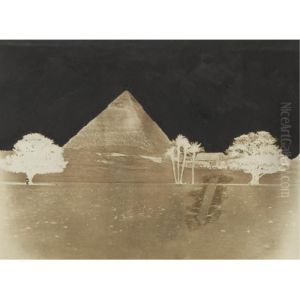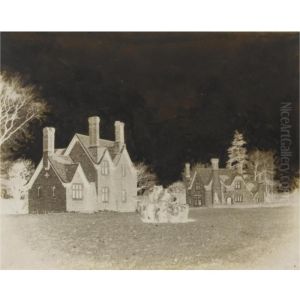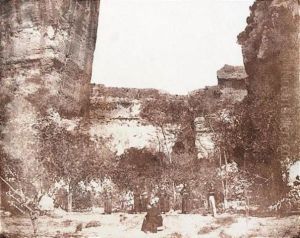George Wilson Bridges Paintings
George Wilson Bridges was an English artist, photographer, and Anglican cleric, born in 1788. He is particularly noted for his work as a landscape painter and as one of the early pioneers in the field of photography. His contributions to art and photography occurred during a period of significant change and innovation, marking the transition from traditional painting techniques to the emerging technology of photography in the 19th century.
Bridges embarked on his career as a clergyman but developed a strong interest in art and travel. His artistic pursuits were largely influenced by his travels, especially to the Caribbean and North America, where he captured landscapes, people, and historical sites. His paintings and sketches from these travels not only contributed to his reputation as an artist but also served as valuable historical records of these regions during the early 19th century.
In addition to his painting, George Wilson Bridges was an early experimenter with photography, engaging with the medium shortly after its invention. He explored various photographic processes, contributing to the development of photography as an art form. Despite his pioneering work, Bridges' contributions to photography have been somewhat overshadowed by his contemporaries, and he remains a lesser-known figure in the history of early photography.
Throughout his life, Bridges' work was characterized by a keen eye for detail and a profound appreciation for the natural and built environment. His artistic legacy includes a diverse collection of paintings, sketches, and photographs that offer insight into the landscapes and societies of the 19th century. George Wilson Bridges passed away in 1863, leaving behind a body of work that continues to be of interest to historians, art enthusiasts, and photographers alike.


